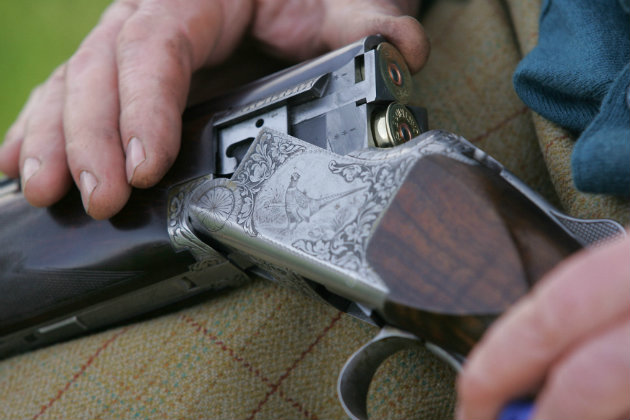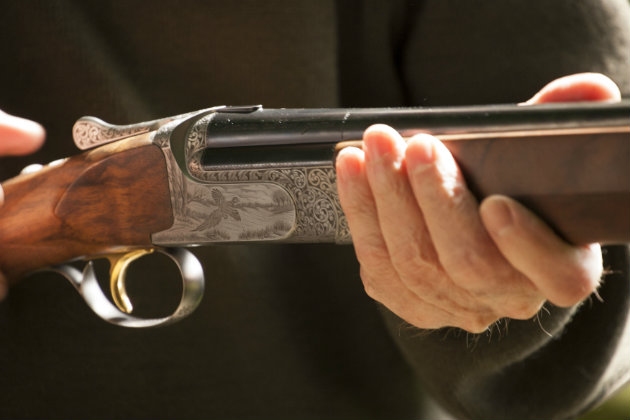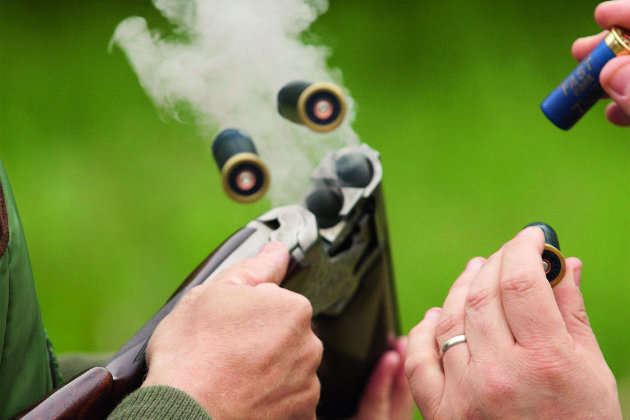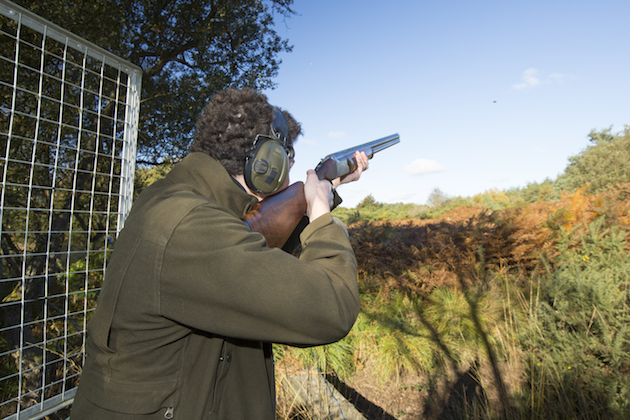How to improve your clay shooting scores
Practice makes perfect and if you could spend all day on the clay ground practising your shooting there is no…
Win CENS ProFlex DX5 earplugs worth £1,149 – enter here
Here we offer some shooting advice on maintaining your scores in the event that you have to borrow a gun.

Say you’re shooting in a competition and one of the firing pins in your gun breaks in half. You’d have no option but to try and borrow a gun from another competitor to use for the rest of the event.
But how would you cope if the new gun is a side-by-side when you’ve been shooting an over-and-under for the past 20 or 30 years? Will this alter the way you shoot and what can you do to stay in a winning position?
Alternatively, taking clayshooting out of the equation for a moment, maybe you enjoy a few driven or walked-up days every year and would appreciate the reduced weight of a side-by-side game gun?
If you’re in a situation where you’re going to use two different types of gun – for whatever reason – here are a few pointers that will help.

A Perazzi 20-bore side by side
Going from an over-under to a side-by-side might seem to be a radical change, but most of the perceived differences are in the shooter’s mind and not a physical factor. Of course, the barrels will be double the width, but you shouldn’t be concentrating on the muzzles anyway.
Obviously you have to be aware of them, with respect to where they are in relation to the target, but the crucial element is to focus on the bird and where it’s going.

The important thing to remember is that although the barrels are horizontally next to each other, in real life shooting situations they might just as well be on top of each other as in an over-and-under. The barrels are simply too close to make any real difference to busting any clay at a normal shooting distance.
In fact, in every test I’ve ever done, whenever you were to fire both barrels at a fixed point on a pattern plate at 20 yards the overlap of the patterns was almost identical – and certainly similar to those achieved when using an over-and-under in the same circumstances.
So I’m convinced that any perceived differences are all in the shooter’s head and nothing to do with the guns.
Firing a couple of shells at a pattern plate will not only tell you the spread of the patterns are similar from each barrel (choking aside), it will probably also show the average side-by-side shoots ‘flatter’ than a typical over-and-under.
All the shooter needs to remember is that instead of the gun throwing lead at a ratio of 60% above the point of aim, the concentration of shot is going to be much nearer and grouped around the ‘actual’ point of aim. As such, you can hit any true going away bird simply by placing the target on the bead and pulling the trigger.

Practice makes perfect and if you could spend all day on the clay ground practising your shooting there is no…
On a shoot day in October I had a fascinating conversation with a fellow gun about his switch from a side-by-side to an over-under.…
Side by side shotguns are loved by traditionalists. Many Guns start shooting with a side-by-side shotgun (which they have possibly…
If you’re using a side-by-side instead of shooting your over-and-under, don’t worry. Simply treat every bird the same as you did before. Remember to use the bead on the rib as your reference point and, even more important, and especially for looping or crossing targets, don’t forget the gun will shoot flatter than your usual over-and-under.
Get the latest news delivered direct to your door
Discover the ultimate companion for field sports enthusiasts with Shooting Times & Country Magazine, the UK’s leading weekly publication that has been at the forefront of shooting culture since 1882. Subscribers gain access to expert tips, comprehensive gear reviews, seasonal advice and a vibrant community of like-minded shooters.
Save on shop price when you subscribe with weekly issues featuring in-depth articles on gundog training, exclusive member offers and access to the digital back issue library. A Shooting Times & Country subscription is more than a magazine, don’t just read about the countryside; immerse yourself in its most authoritative and engaging publication.

